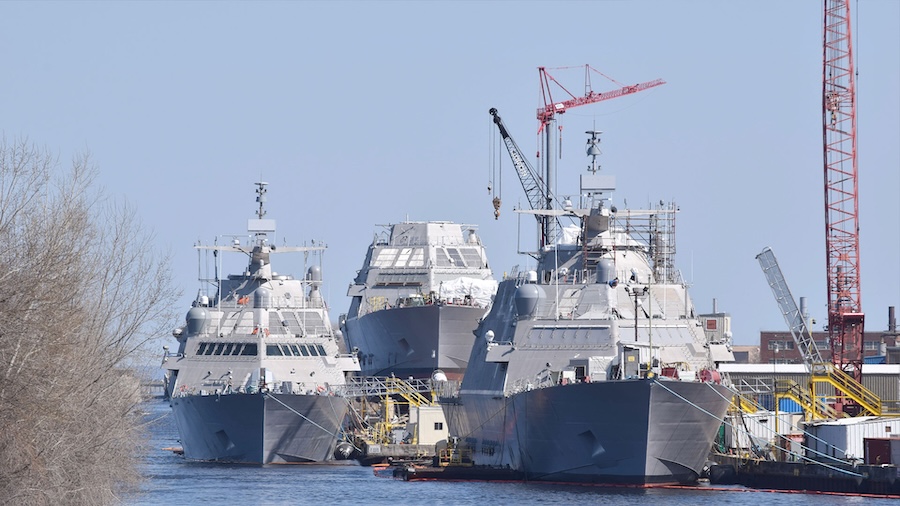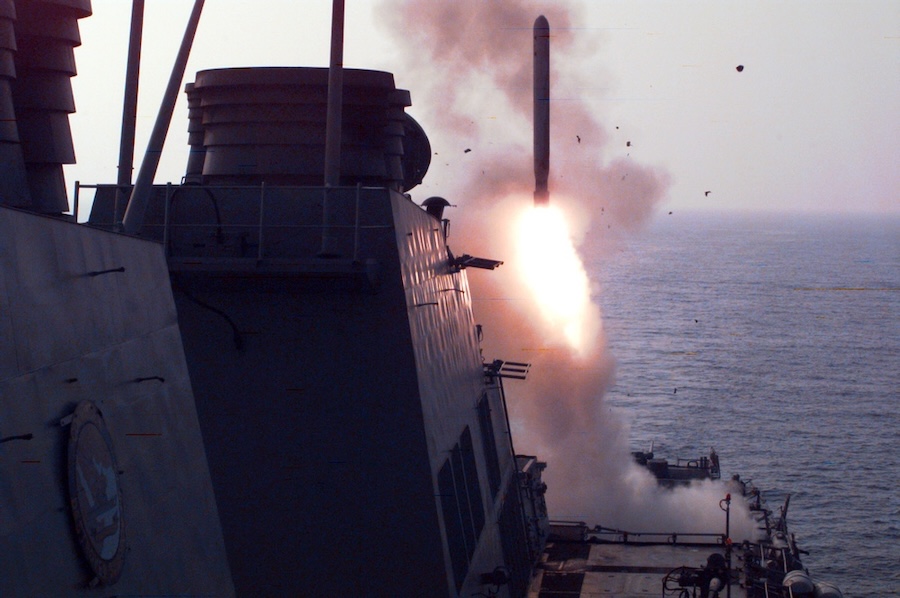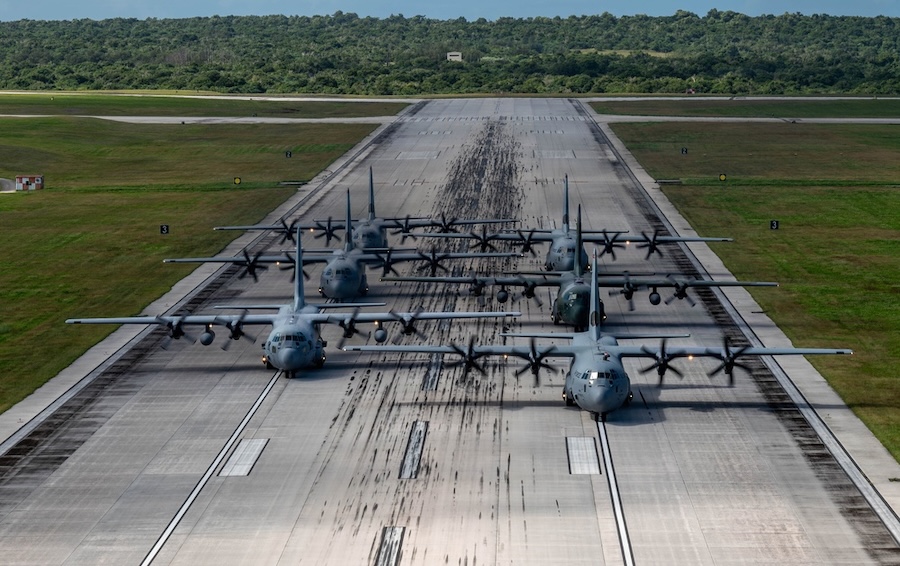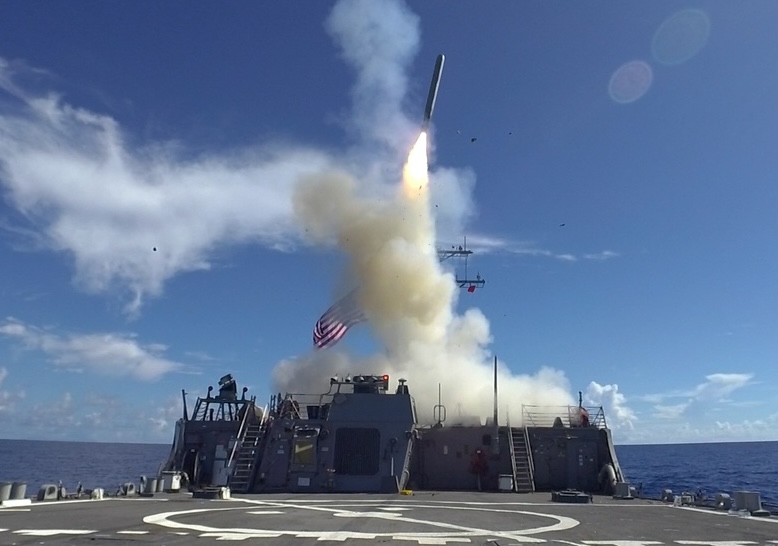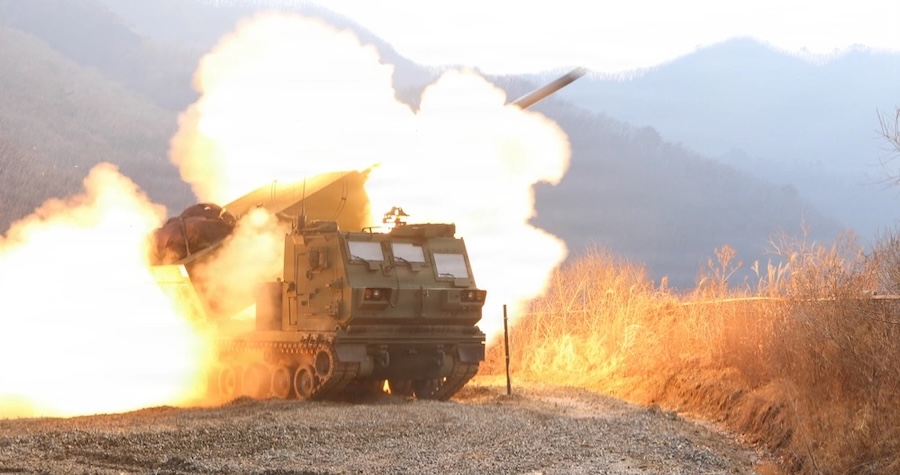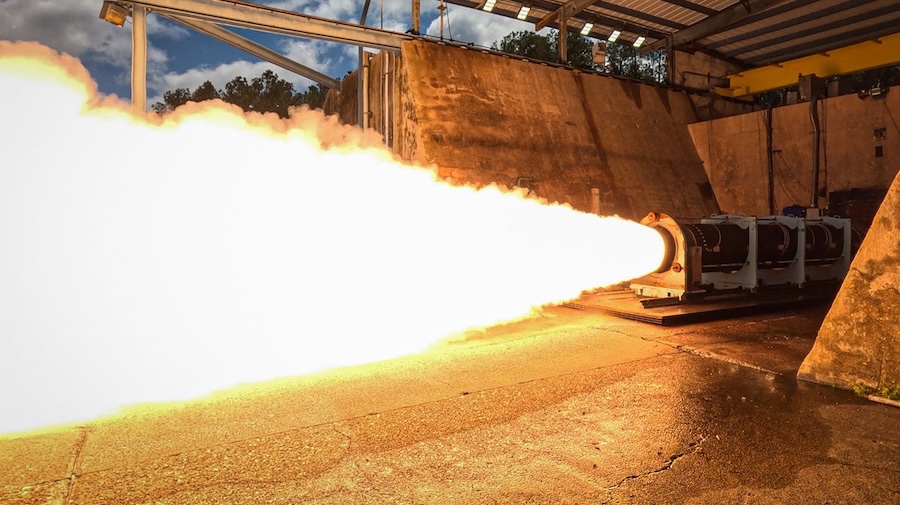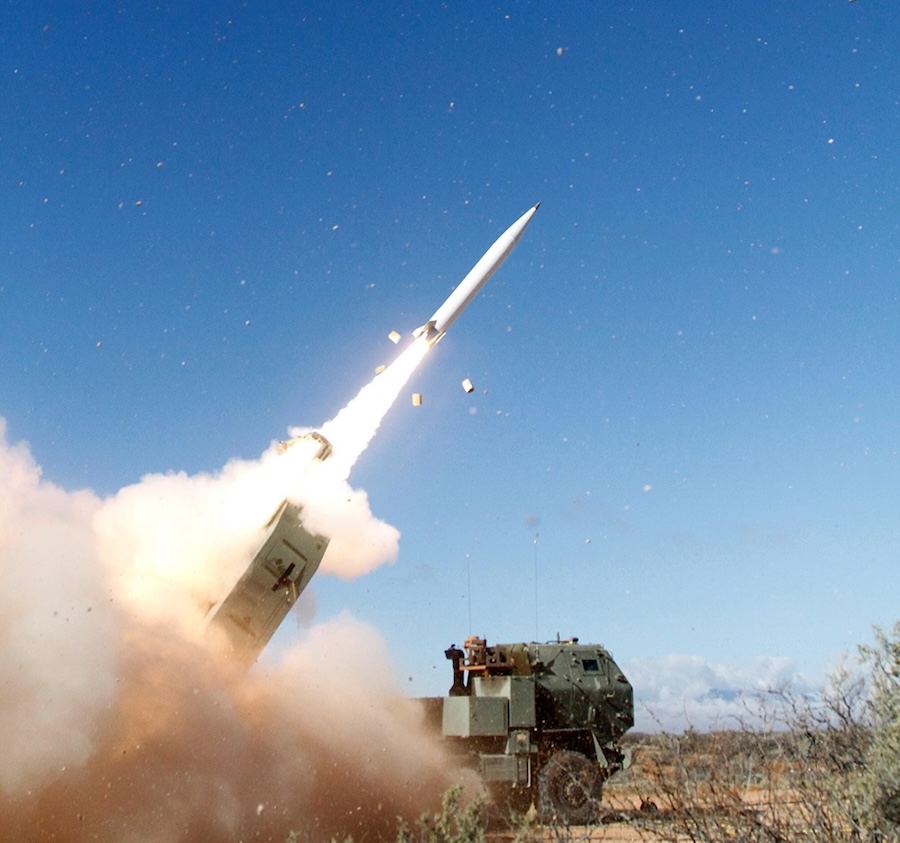“Specifically, the 625th STOS develops and validates the targeting instructions for these missiles, ensuring their accuracy and effectiveness if ever called upon,” said Maj. Jason Guthner, assistant director of operations. “Additionally, the squadron provides highly-trained personnel and specialised equipment for the Airborne Launch Control System (ALCS).”
The ALCS, operated aboard a U.S. Navy E-6B Mercury aircraft, provides an alternative means of launching ICBMs in the event that ground-based command centres are compromised. Guthner explained the system ensures nuclear command and control can survive unexpected threats.
The squadron conducts biannual tests of the ALCS through Simulated Electronic Launch Minuteman (SELM) exercises, with the latest, Giant Pace 25-1, completed on 9 April 2025 at Offutt AFB. SELM tests are highly complex and can take up to five years to plan, requiring coordination across numerous military units.
The 576th Flight Test Squadron and 377th Test and Evaluation Group, both based at Vandenberg Space Force Base, California, lead the planning effort. Support is provided by Air Force Global Strike Command, Air Force Nuclear Weapons Center, and personnel from the 90th Missile Wing at F.E. Warren AFB, Wyoming.
“SELM is an opportunity to put our training to the test and actually turn keys on a real sortie,” said Capt. Tony McCowan, a 625th STOS ALCS operator. “Even though the launch is simulated, every process and procedure up to that point is executed and tested.”
Tests begin from one of six launch facilities and two launch control centres, assessing the reliability of cables, communications, and mechanical instruments in the missile launch order process. To maintain readiness, airmen undergo monthly training and rigorous system maintenance.
“We ensure our operators are proficient and prepared for immediate action by conducting monthly training on the weapon system,” said Maj. Ana Lebens, training and evaluations flight commander. “Additionally, to guarantee the system’s operational integrity, we routinely test communication links with both the missiles and ground crews.”
The unit also validates system capability through an annual missile launch from Vandenberg Space Force Base. “The men and women of the 625th STOS demonstrate unparalleled technical expertise and passion for our critical mission sets,” said Lt. Col. Chad Redwine, squadron commander.
Capt. Ryan Saunders, test and analysis engineer, leads the airborne portion of the test, overseeing command and radio verification, crew coordination, and launch command execution. “Balancing script progression and command generation while leading a nine-person battlestaff in test execution is always challenging,” Saunders said.
Other key ALCS roles include a track manager controlling flight path, a data collector, and a ground communications operator. “It is important to ensure the aircraft and test environment are set up properly so the ALCS operators can effectively send unlock and launch commands at the designated times,” Saunders added.
Capt. Cory Sylvester, ALCS operator, highlighted the complexity and importance of the test. “Watching our ground launch crews execute this one-of-a-kind operation is a surreal experience,” he said. “The chance to see it from the airborne launch platform allows me to further appreciate the awesome capabilities of this weapon system.”
Saunders also noted the essential cooperation with the U.S. Navy, which provides the E-6B aircraft for the mission. “It takes a lot of mission planning and coordination to make sure an aircraft is designated for the test and can takeoff with the appropriate equipment,” he said.
Clear communication between Air Force and Navy units is crucial for the test’s success and for demonstrating the reliability of the nation’s nuclear ICBM launch capability. “Through their unwavering commitment, they play a vital role in upholding national security and strategic deterrence,” Redwine said.
Source: U.S. Air Force.










